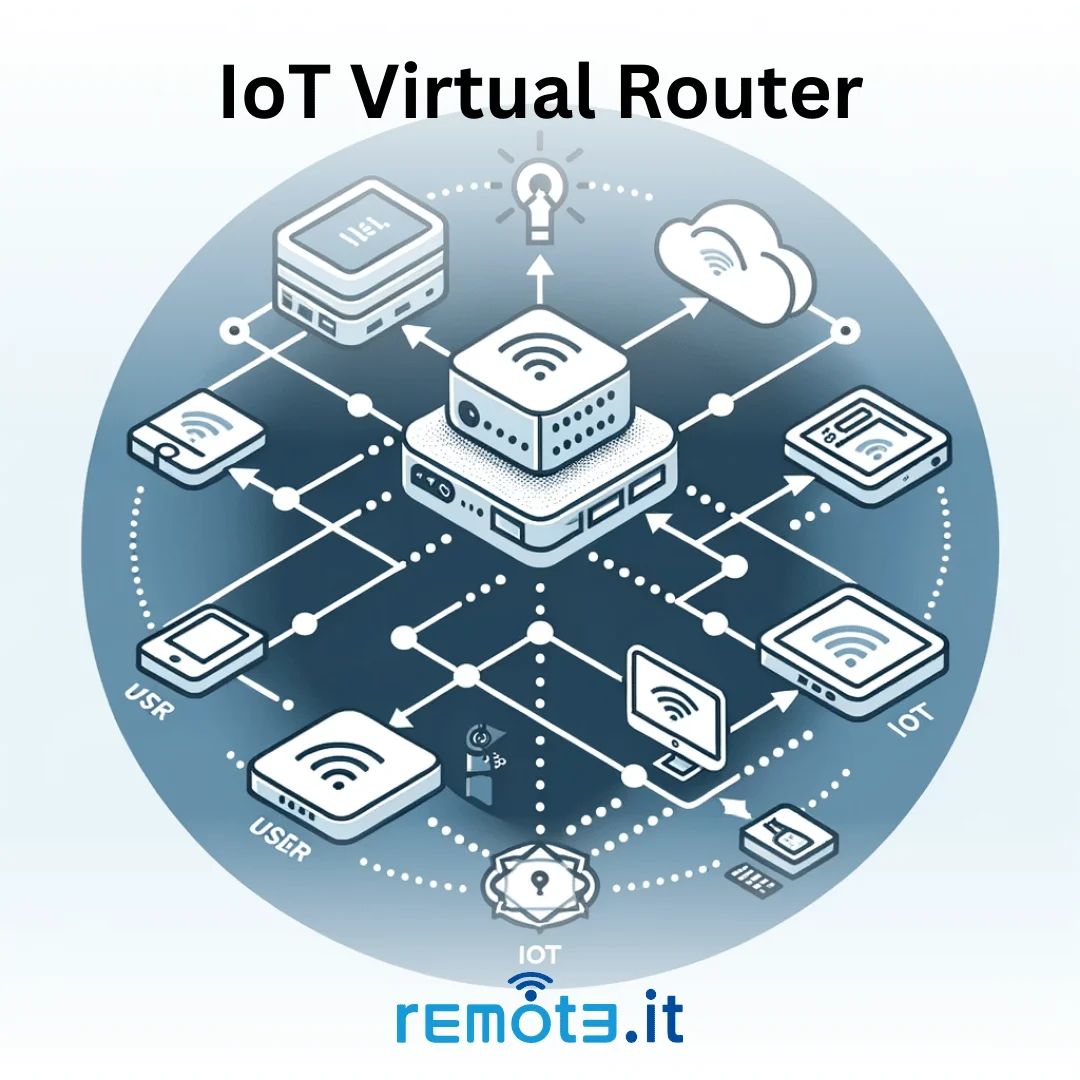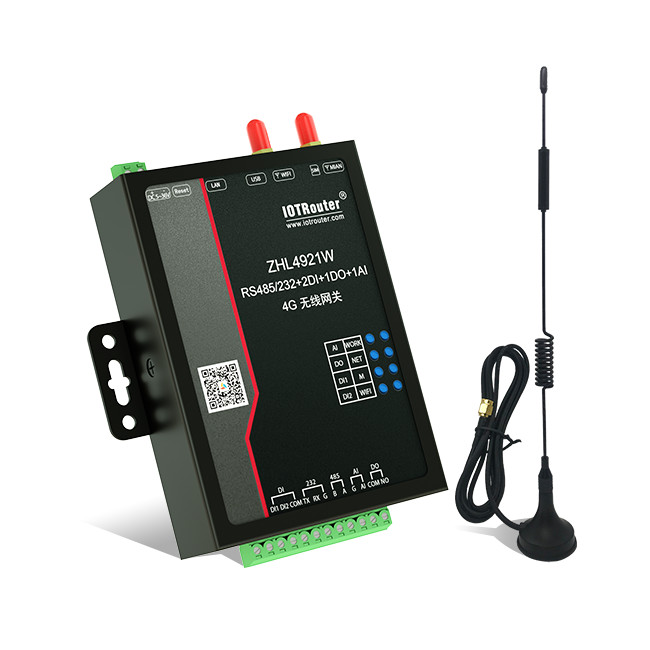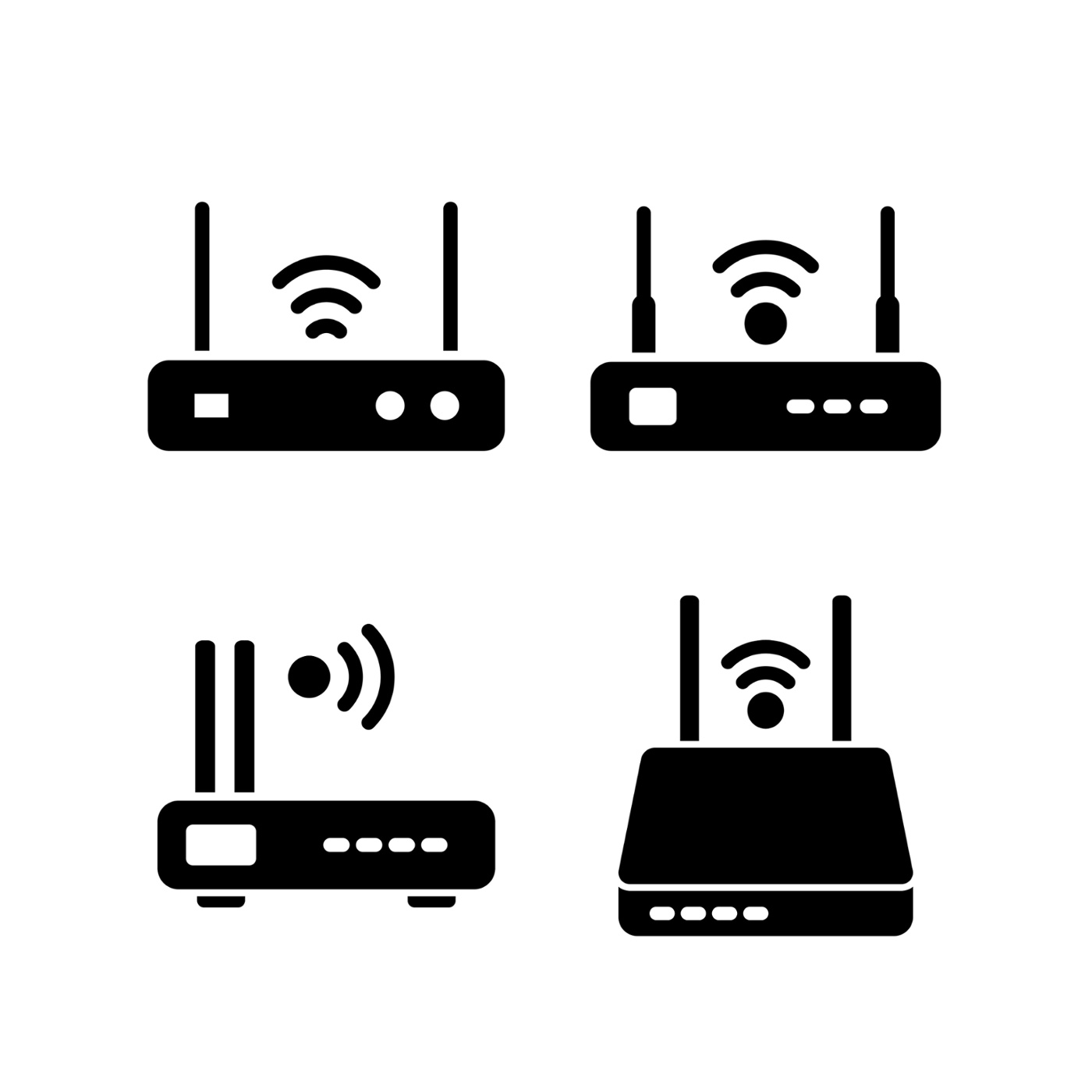In today's interconnected world, accessing a remote IoT router free of charge has become increasingly essential for businesses and individuals alike. Whether you're managing smart home devices or overseeing industrial automation systems, understanding how to remotely access your IoT router can enhance productivity and streamline operations. This guide will explore the tools, methods, and best practices for securely accessing remote IoT routers without incurring additional costs.
As more devices join the Internet of Things (IoT) ecosystem, the demand for remote access capabilities grows. Remote access allows users to monitor, configure, and troubleshoot their IoT networks from anywhere in the world. However, ensuring security and efficiency is critical when accessing these devices remotely.
This article provides a comprehensive overview of accessing remote IoT routers free of charge. From setting up secure connections to leveraging open-source tools, we'll cover everything you need to know to manage your IoT network effectively.
Table of Contents
- Introduction to Remote IoT Router Access
- The Importance of Accessing Remote IoT Routers
- Methods to Access Remote IoT Routers Free
- Top Tools for Remote IoT Router Access
- Ensuring Security in Remote Access
- Step-by-Step Guide to Setting Up Remote Access
- Common Issues and Solutions
- Best Practices for Remote IoT Router Access
- Future Trends in IoT Remote Access
- Conclusion and Call to Action
Introduction to Remote IoT Router Access
Remote IoT router access refers to the ability to connect to and manage an IoT router from a distant location. This capability is crucial for maintaining and optimizing IoT networks, especially when physical access is not feasible. By accessing remote IoT routers free of charge, users can reduce operational costs while maintaining control over their devices.
Why Is Remote Access Important?
Remote access offers several advantages, including:
- Reduced travel expenses for on-site maintenance.
- Improved responsiveness to network issues.
- Enhanced flexibility in managing IoT devices.
The Importance of Accessing Remote IoT Routers
Accessing remote IoT routers plays a pivotal role in modern network management. It enables administrators to monitor device performance, apply firmware updates, and address security vulnerabilities without being physically present. Furthermore, remote access facilitates collaboration among team members located in different parts of the world.
Key Benefits of Remote Access
Some of the key benefits include:
- Increased efficiency in troubleshooting.
- Improved device management capabilities.
- Enhanced security through real-time monitoring.
Methods to Access Remote IoT Routers Free
There are several methods to access remote IoT routers without incurring additional costs. These methods range from using built-in router features to leveraging third-party tools and services.
1. Port Forwarding
Port forwarding is a technique that allows external devices to connect to a specific port on your router. By configuring port forwarding, you can create a secure channel for remote access. However, it requires a basic understanding of network settings and may pose security risks if not properly configured.
2. Dynamic DNS (DDNS)
Dynamic DNS services enable users to assign a domain name to their router's IP address, making it easier to access remotely. Many routers come with built-in DDNS support, allowing users to set up remote access without additional costs.
Top Tools for Remote IoT Router Access
Several tools and platforms can facilitate remote IoT router access. Below are some of the most popular options:
1. TeamViewer
TeamViewer is a widely used remote access tool that supports IoT devices. It offers a user-friendly interface and robust security features, making it an ideal choice for accessing remote routers.
2. OpenVPN
OpenVPN is an open-source solution for creating secure virtual private networks (VPNs). By setting up an OpenVPN server, users can establish a secure connection to their IoT router from anywhere in the world.
3. ngrok
ngrok is a tunneling tool that allows users to expose local servers to the internet. It is particularly useful for testing and debugging IoT applications in a remote environment.
Ensuring Security in Remote Access
Security is a critical consideration when accessing remote IoT routers. Without proper safeguards, unauthorized access can compromise the integrity of your network. Below are some best practices for securing remote IoT router access:
1. Use Strong Passwords
Employing strong, unique passwords for your router and associated devices is the first line of defense against unauthorized access.
2. Enable Two-Factor Authentication (2FA)
Two-factor authentication adds an extra layer of security by requiring users to provide two forms of identification before gaining access.
3. Regularly Update Firmware
Keeping your router's firmware up to date ensures that any known vulnerabilities are patched, reducing the risk of security breaches.
Step-by-Step Guide to Setting Up Remote Access
Setting up remote access to your IoT router involves several steps. Follow this guide to configure your router for remote connectivity:
Step 1: Access Your Router's Web Interface
Connect to your router's local network and open its web interface using the default IP address (e.g., 192.168.1.1).
Step 2: Configure Port Forwarding
Navigate to the "Port Forwarding" section in your router's settings and specify the ports you wish to forward. Common ports for remote access include 22 (SSH) and 80 (HTTP).
Step 3: Set Up Dynamic DNS
Enable Dynamic DNS in your router's settings and register with a free DDNS provider to assign a domain name to your router's IP address.
Common Issues and Solutions
While accessing remote IoT routers can be straightforward, users may encounter various issues. Below are some common problems and their solutions:
1. Connection Timeout
Solution: Ensure that your router's firewall settings allow incoming connections on the specified ports.
2. Unauthorized Access
Solution: Implement strong passwords and enable two-factor authentication to prevent unauthorized access.
Best Practices for Remote IoT Router Access
To maximize the benefits of remote IoT router access, consider the following best practices:
1. Monitor Network Activity
Regularly review your router's logs to detect any suspicious activity and address potential threats promptly.
2. Segment Your Network
Divide your network into separate segments to isolate IoT devices and minimize the risk of lateral movement in case of a breach.
Future Trends in IoT Remote Access
The field of IoT remote access is evolving rapidly, with emerging technologies set to transform the way we manage connected devices. Some notable trends include:
1. Edge Computing
Edge computing enables data processing closer to the source, reducing latency and improving the efficiency of remote access.
2. AI-Powered Security
Artificial intelligence is being integrated into IoT security solutions to detect and respond to threats in real time.
Conclusion and Call to Action
Accessing remote IoT routers free of charge is a valuable skill for anyone managing an IoT network. By leveraging the right tools and following best practices, you can ensure secure and efficient connectivity while minimizing costs. We encourage you to share your thoughts and experiences in the comments section below. Additionally, feel free to explore our other articles for more insights into IoT and networking.
Call to Action: Don't forget to subscribe to our newsletter for the latest updates and exclusive content on IoT and technology trends!
Data sources and references:
- https://www.teamviewer.com
- https://openvpn.net
- https://ngrok.com


